Devine52780
Tenderfoot
- Jan 4, 2013
- 6
- 1
- Primary Interest:
- All Treasure Hunting
My husband found this around Lake Providence La....It looks like it could be a ring but I haven't been able to find anything like it...if anyone knows what it is please let me know...Thanks


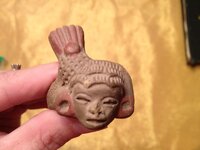
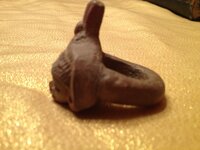
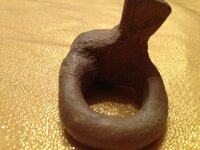

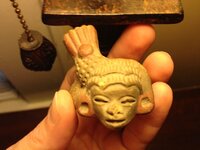
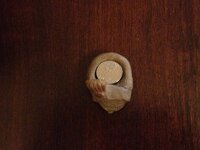

 Breezie
Breezie

